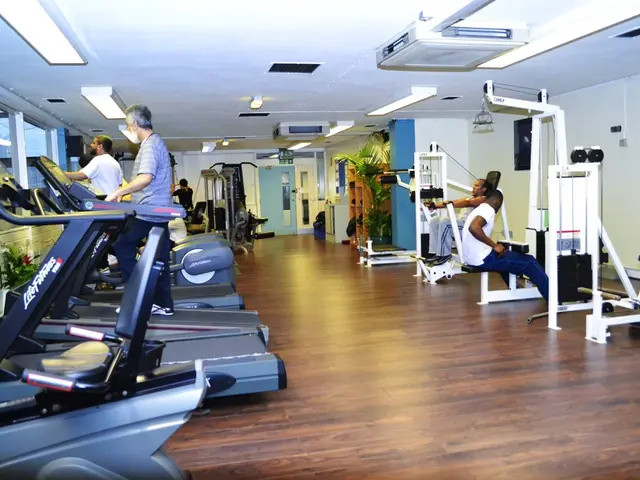Is the adoption of robots in surgery the wave of the future, or merely an expensive promotional tactic?
Robot surgeons, far from being fictional characters, have been among us since the mid-80s. In 1985, the PUMA 560 robotic surgical arm assisted in a delicate neurosurgical biopsy, kicking off a new era in minimally invasive procedures. By the turn of the century, the da Vinci Surgery System, the first approved by the FDA for general laparoscopic surgery, took the operating room by storm.
This high-tech system, complete with a 3D magnification screen and four slender surgical arms, offered unprecedented precision and minimized contact with internal tissues, reducing the risk of infection. The da Vinci's highlight was its "Endo-wrist" feature, replicating the skilled movements of a surgeon.
In 14 years, Intuitive Surgical, da Vinci's manufacturer, has released 10 updates of the system. Proponents of robot-assisted surgery argue it's more than just a trend. In 2013, robots were used in over 422,000 surgeries in the US, a 15% increase from the year before.
However, medical experts seem divided on the benefits of robot-assisted surgery. A high-profile study by surgical oncologists at Memorial Sloan-Kettering Cancer Center found no difference in terms of rates of complications or length of hospital stay between traditional open surgery and robotic surgery for bladder cancer. Critics argue that the only difference between traditional and robotic surgery is cost. The da Vinci device can cost up to $2 million, and each robotic arm needs replacement after just 10 uses.

Dr. Robert Pearl, CEO of The Permanente Medical Group, voiced these concerns in a recent opinion piece, questioning the cost-effectiveness of robotic surgery. Dr. Pearl asserts that the technology is driving up health care costs significantly without significantly improving clinical outcomes. Intuitive Surgical counters these claims, asserting that the high cost is due to the precision and longevity of the robotic arms, not profit motives.
As for the future of robot-assisted surgery, Dr. Catherine Mohr, vice president of medical research at Intuitive Surgical, points to new frontiers such as microsurgery, surgery outside the abdomen, and natural orifice surgery. These advancements could provide greater precision, lower trauma access, changes of scale, and improved navigation and imaging.
Some surgeons, though, call for improvements in the robotic system's ability to replicate tactility during invasive surgery and the ability for surgeons to operate the technology remotely from a separate room to reduce infection. Interestingly, the Massachusetts Institute of Technology (MIT) has unveiled squishy robots, designed to change between hard and soft states, which could have applications in surgery. As technology advances, the debate over the role of robot-assisted surgery will undoubtedly continue.

- Although robot surgeons, like the PUMA 560 from the mid-80s, have been Revolutionizing minimally invasive surgical procedures, controversies surrounding their cost-effectiveness and clinical outcomes persist.
- As innovations in technology continue to evolve, new surgical procedures such as microsurgery, surgery outside the abdomen, and natural orifice surgery might emerge, promising greater precision, lower trauma access, changes of scale, and improved navigation and imaging.
- Scientific advancements in robot-assisted surgery, such as the development of squishy robots by the Massachusetts Institute of Technology, may address concerns regarding the replication of tactility during invasive surgeries and the ability for surgeons to operate remotely, enhancing health-and-wellness by minimizing infection.
- In opposition to the widespread use of deprecated traditional surgical methods, supporters of robot-assisted surgery argue that it offers an unequivocal improvement in precision and prolongs the lifespan of surgical equipment, outweighing the high initial investment costs in the long run.
- Medical oncologists and surgeons alike have presented conflicting evidence regarding the impact of robot-assisted surgery on medical-conditions. While some studies suggest that robot-assisted surgery offers no advantage in terms of complications or hospital stay duration when compared to traditional surgery, others contend that it can lead to improved outcomes for specific surgical procedures.








